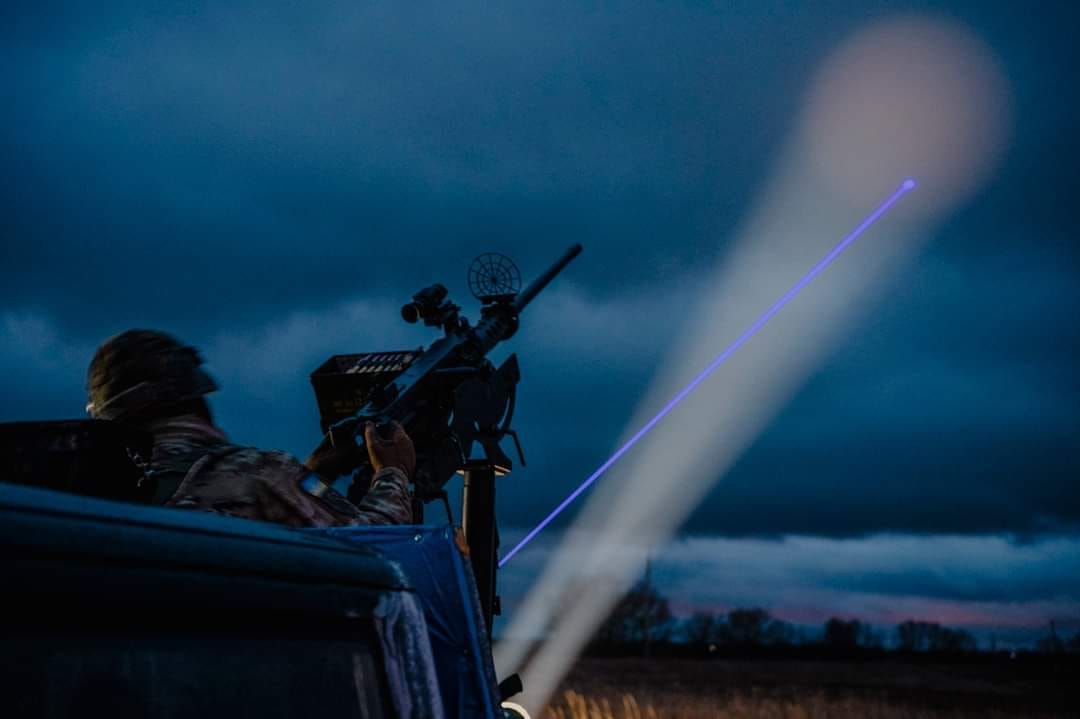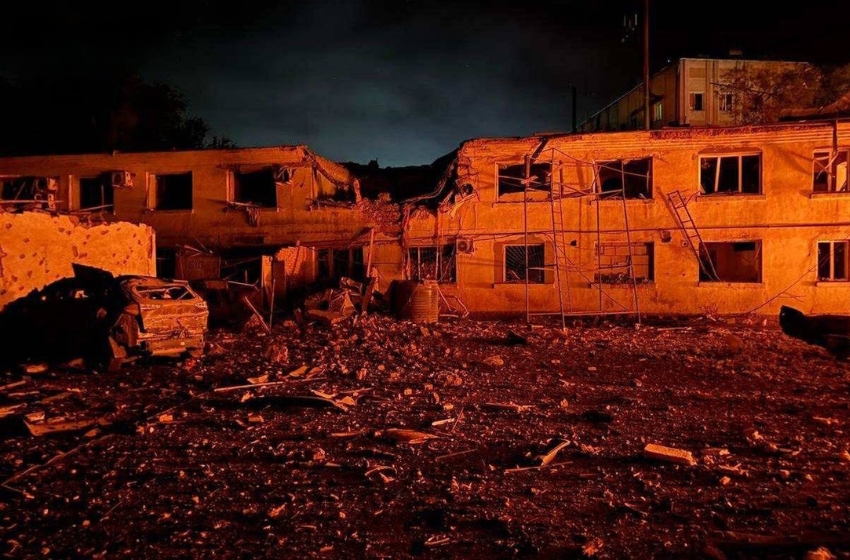Since July this year, Sweden has significantly expanded the powers of the Coast Guard and Maritime Administration to inspect foreign vessels—not only those entering ports but also transit ships. The decision was made against the backdrop of escalating threats in the Baltic Sea related to the activities of Russia’s “shadow fleet” — vessels with opaque ownership structures, questionable technical conditions, and inadequate insurance.
Swedish initiatives continue the line of Denmark, which already conducts inspections in the port of Skagen, but cover a broader range of controls. Stockholm explicitly points to the need to prevent environmental incidents, illegal activities, damage to underwater infrastructure, and ensure compliance with sanctions against Russia.
The new data collection system is intended to facilitate the introduction of additional sanctions against Russian oil transportation. The combination of Swedish and Danish initiatives effectively creates the basis for a regional shipping control system in the Baltic Sea, which could be scaled to other countries in the region — Finland, Poland, and the Baltic states.
The Kremlin has already launched a disinformation campaign, claiming the new restrictions violate freedom of navigation. At the same time, the risk of deliberate provocations is growing: dangerous maneuvers near Coast Guard vessels and simulated navigation incidents may become tools of pressure. Simultaneously, Russia has begun escorting “shadow fleet” tankers with military ships, which the Finnish defense minister called an unprecedented escalation. According to him, Russia’s military presence in the region existed before, but escorting commercial vessels is a new level of Baltic militarization.
European countries, especially after Sweden’s and Finland’s accession to NATO, have intensified efforts to ensure security in the Baltic Sea. The possibility of returning to the NATO REFORGER exercises—the largest maneuvers of the Cold War era—is under consideration, with an emphasis on the Baltic as the new frontline of deterrence.
The formation of a regional vessel traffic control system in the Baltic Sea is a response to the growing military and environmental threats from Russia. While the EU focuses on the Baltic, discussions continue on establishing a similar Maritime Security Center in the Black Sea to protect critical infrastructure and monitor risks.





















